What are fingerprints?
Fingerprints are the pattern of epidermal ridges on the fingers. They consist of friction ridge units that can be characterized by patterns (ridge arrangement) and minutiae (small specific details such as bifurcations and ridge terminations).
Examples of fingerprint patterns.
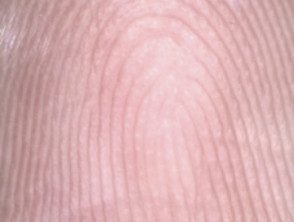
Tie
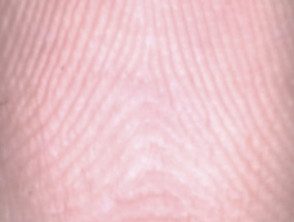
Tent arch
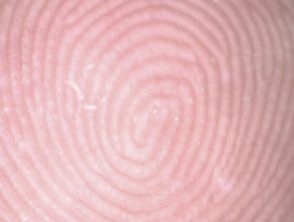
Turn
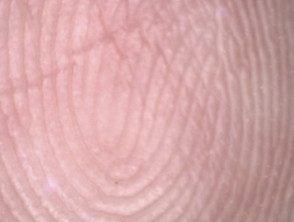
Double circuit
Examples of minutiae
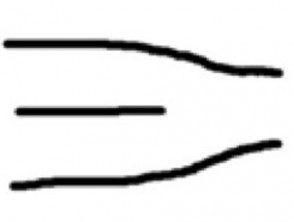
End of the ridge
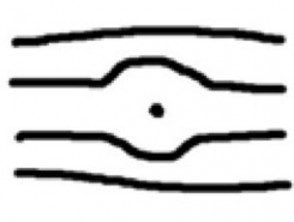
Point
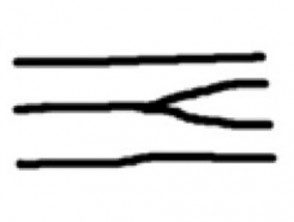
Fork

Island

Hook
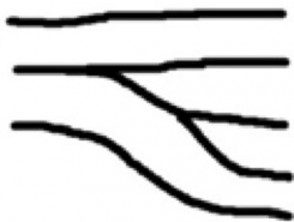
Double bifurcation
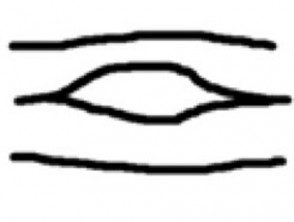
Enclosure
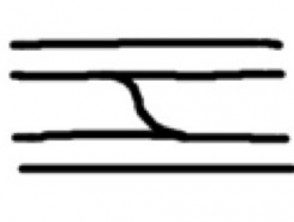
Bridge
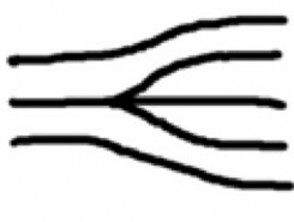
Trifurcation
How do fingerprints arise?
Fingerprints develop during early fetal life. They undergo several phases, of which crucial events occur in the first weeks of the second trimester.
0–3 weeks
- Egg fertilization initiates embryonic development
- Gastrulation: the first ball of cells is rearranged into three primary fabrics
- Ectoderm - forms the epidermisincluding the friction ridge skin
- Mesoderm - forms connective tissue of dermis
- Endoderm: forms other major organ systems, including the gastrointestinal tract, the respiratory tract, the urinary tract
4–8 weeks
- Morphogenesis (form)
- The limbs develop rapidly from about 4 weeks: arms, legs, knees, elbows, fingers, toes seen at about 8 weeks.
- At 7–8 weeks fly the pads begin to form from the mesoderm
9-16 weeks
- The less prominent flying pads then disappear; friction ridge units develop
- The vocal skin is layered epidermis on top of the shapeless fibrous dermis
- Basal cap becomes more prominent and folds epidermis into dermis (primary ridges)
Second trimester
- Fly Pad regression and the development of the friction ridge continues; permanent minutiae are established for week 16.
- Sweat and epidermal glandsdermal The ridge system continues to mature and expand.
- At the end of the second trimester, sweat ducts and pores appear along the epidermal ridges.
Third trimester
- The fetus continues to gain weight.
What are the theories of friction ridge development?
There are two main theories that aim to explain the processes underlying the formation of friction ridges.
Theory of mechanical instability.
The theory of mechanical instability considers the formation of ridges as a consequence of a buckling process. The ridges are formed perpendicular to the lines of greatest tension.
- Differential growth of cellular The layers of the skin create resistive limit forces, which cause a compression effect.
- The nervous system is also involved in this process.
- Once the interaction of forces is large enough, buckling instability occurs and more cells proliferation You can increase the depth.
Neuroectoderm theory
Neuroectoderm theory describes an interdependent relationship between neurological map and pattern of primary ridges.
- The ridges are established on a grid of sensory nerve tissue. The mapping of the volar pad precedes the formation of the ridge.
- Specialized cells like Merkel cells, certain basal cells and Meissner corpuscles are involved.
- Results in the formation of primary and secondary crest with anastomosis.
Clinical relevance of the loss of fingerprints.
Friction ridges can become thicker and shorter with aging, and are more difficult to discern.
Loss of fingerprints is sometimes seen in various skin conditions. These include trauma, benign and evil one skin lesions, infections and inflammatory skin conditions
Infections
- Bacterial infection how pyoderma
- Boneless keratolysis
- Leprosy
- Scabies
- Tinea manuum
- Herpes Simplex
- Viral warts
Inflammatory diseases
-
Hand dermatitis including exfoliative keratolysis and pompholyx
- Psoriasis
- Acanthosis nigricans
- Systemic sclerosis
- Raynaud's phenomenon
- Systemic lupus erythematosus
- Epidermolysis bullosa
- Lichen planus
- Pyogenic granuloma
- Erythema multiform
Other
- Drug rashes
- Artifact dermatitis
- Chemotherapyhand-foot induced syndrome
These skin pathologies can cause interruptions in the papillary lines, altering the depth and inclination of the ridges and valleys. This may affect the analysis of modern biometric pattern recognition systems. This can interfere with the reliability of personal identification methods or "fingerprints."
Most cases of fingerprint damage are reversible, since pathology It is relatively superficial. However, permanent scarring can occur with deep injuries.
Loss of fingerprints due to dermatitis.
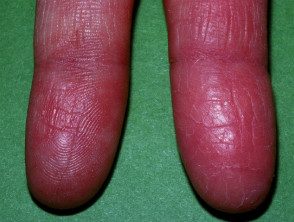
Reduced fingerprint due to dermatitis
